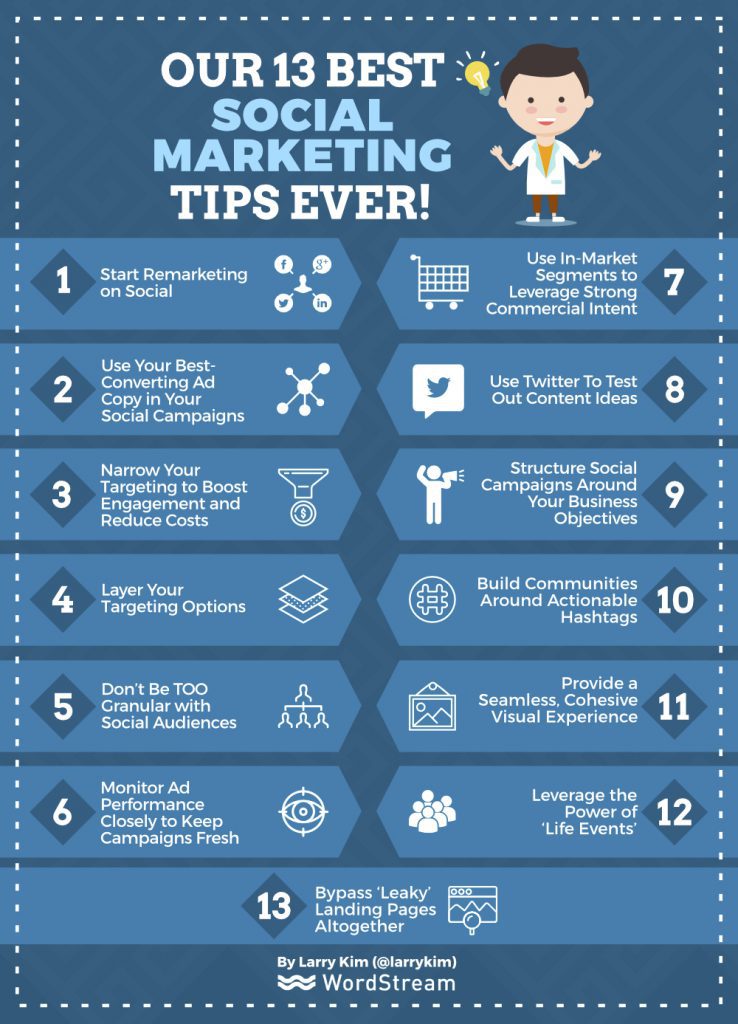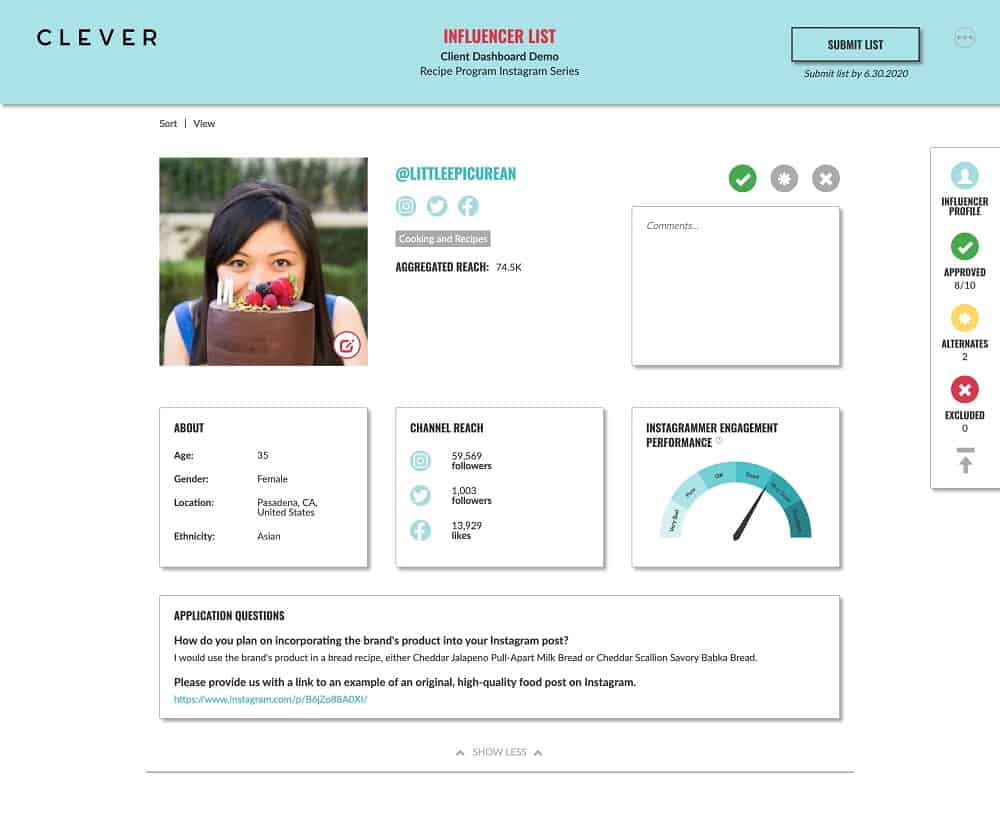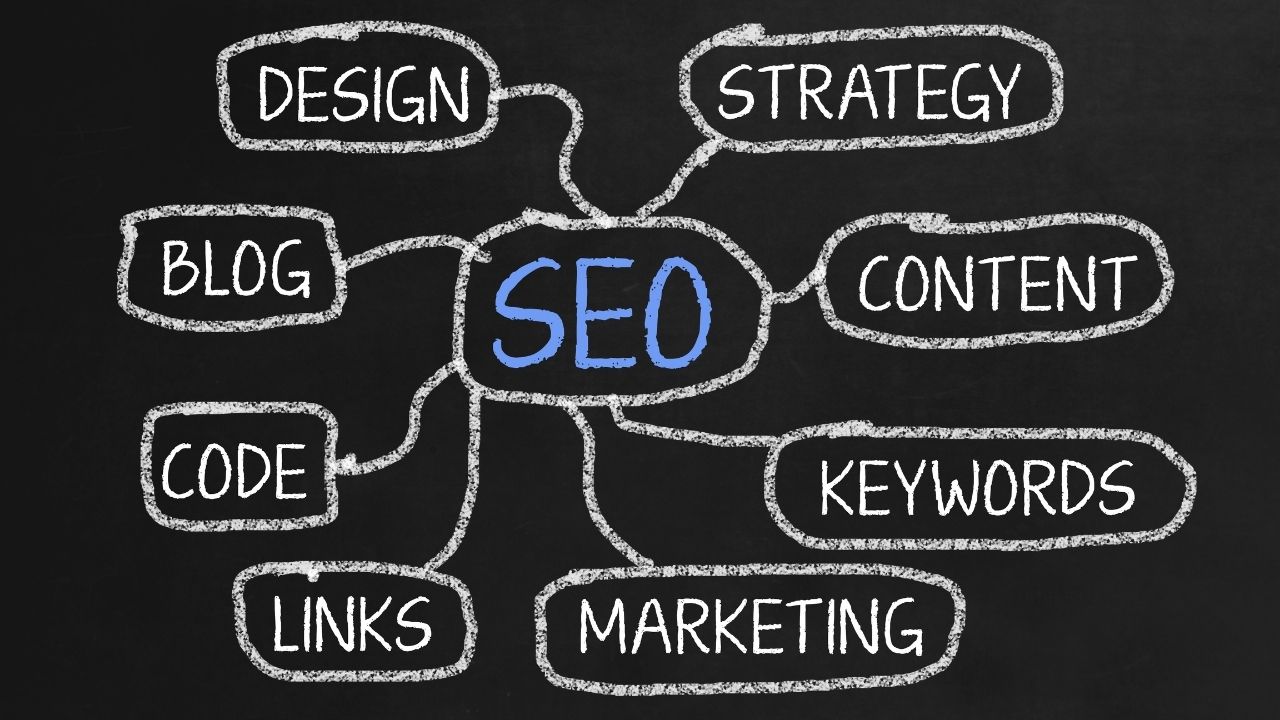
Inbound marketing is a proven method of generating content that leads to sales. Some of the most effective examples include the use of UGC (user-generated content), influencers, lead magnets, and content that uses consumer psychology. Below are some examples of these methods, which can all be adapted to work for your business. By following these tips, you'll be on your way to creating a better inbound marketing campaign.
UGC
UGC allows customers to engage with each other. Instead of relying only on brand ads, this kind of content is generated from readers. The company can use UGC to inspire greater loyalty among its most passionate fans. An example of this is a customer advocacy program. This can encourage brand advocates to engage in more specific UGC. This type content allows brands to tap into the unique experiences of their most passionate fans.
User-generated Content
There are many benefits to user-generated content. They are a great source of organic content that can be shared with others and they increase brand trust. For instance, Coca-Cola used a viral contest that asked viewers to share a coke with their friends and family. It quickly became a worldwide phenomenon. Additionally, pictures and videos have higher share rates as compared to other content.

Lead magnets
Lead magnets in content marketing are valuable pieces that can be exchanged for contact information such as email addresses or names. Lead magnets can be used to generate leads for your marketing campaigns. By providing value to customers, lead magnets can help companies increase brand awareness and credibility. These are some examples of lead magnets that can be used to improve your marketing efforts. Incorporating lead magnets into your content marketing strategy will improve your website's SEO rankings and increase traffic.
Use influencers
Using influencers in content marketing has several advantages. It's a proven method for promoting ecommerce sites and it works well with content-forced marketing campaigns. Influencers can be a valuable resource because they can spark interest in your products or services. They can be used to target niche buyers. For the best results, influencers should be involved and connected to your brand.
Using data
Marketers are increasingly relying on data to market their content. This is due to the increasing amount of information that consumers have access, making it more difficult for them be selective about what they read and hear. By using data to your advantage, you can gain valuable insight into the needs and interests of your audience and tailor your content to appeal to that audience. Data-driven content marketing means using data to create user profiles or segment highly-granular audiences.

FAQ
How does content marketing work?
Content marketing is successful because it produces valuable, engaging content which provides value.
Building relationships with your audience is possible when you share useful information, solve problems, entertain or engage them. Positive messages from trusted brands are more popular than negative ones.
People love reading about things they are interested in. If you write interesting content, readers will continue to return for more.
Your content must inspire people to take action. This could be buying your product, signing-up for your newsletter or visiting your website.
A compelling copy is the key to effective content marketing. It should engage your target market, and provide them with the information that they require.
How can you create good content?
A good piece of content should be informative, helpful, and easy to share. The best content should have a clear call-to-action, such as a button or link to allow readers to sign up to a free trial, learn more about a product, and/or purchase something from you site. Your content should include visuals to be easily shared on all platforms.
What is my ROI for using a Content Marketing Strategy
Businesses that adopt a Content Marketing Strategy experience a 5-10x increase in return on their investment (ROI) than businesses that don’t.
A Content Marketing Strategy is designed to generate leads and sales.
It's also designed to provide valuable insights into your business. These insights will help you make better decisions such as identifying opportunities and improving customer service.
Let me tell you how much you can make from your Content Marketing Strategy.
Your overall revenue can easily be doubled
How does content marketing differ from traditional advertising?
Traditional advertising focuses primarily on attracting attention. Content Marketing focuses more on creating value. Traditional advertising can be a waste of money as most people ignore it. With content marketing, however, you'll see much higher engagement rates.
Statistics
- This marketing strategy landed Ford a 15.4% conversion rate. (neilpatel.com)
- According to research compiled by Coschedule: Companies that publish 16+ blog posts a month get as much as 3.5x as much traffic as those that publish 0-4 posts a month. (criteo.com)
- Content marketing produces 3X more leads per dollar spent. Content marketing costs 62% less than traditional marketing. (criteo.com)
- An example of an overarching goal could be: "In 2022, we want to achieve a 20% increase in revenue created by organic content and generate 15,000 MQLs with a budget of $30,000." (semrush.com)
- Progress indicators (0–100%) allow each team member to see how attainable each goal is and understand what remains to be accomplished. (semrush.com)
- Measure your goals with a progress indicator of 0-100%. Make your goals collaborative and transparent (semrush.com)
- Out of the 1,500 marketers we surveyed for our State of Content Marketing report, 78% who felt their content marketing strategy was exceptionally effective in 2021 had documented their strategy. (semrush.com)
- Companies that use content marketing see approximately 30% higher growth rates than businesses not using it. (mailchimp.com)
External Links
How To
Infographic Creation Tips for Content Marketing
Infographics make complex concepts simple and easy to understand. Content marketing aims to provide useful and valuable information to your target audience, so you should consider using infographics to help spread this message.
For creating an infographic you'll need software such as Adobe Illustrator and Photoshop. These programs can be used to create different shapes and elements that represent your data. Then, you can add colors and fonts to make it look great. Once you are happy with your design, you can upload images to Unsplash and Pixabay for your design.
You can find inspiration for your own ideas by looking at existing infographics online. A picture of a food Pyramid could be used to show how many calories each food has. Another option is to take a picture of a can of Coke and look at how much sugar it contains.
Once you've created your infographic, share it on social media channels like Facebook or Twitter. This allows people to learn more about the concept, even if they aren't familiar. Use hashtags to let others know what infographic you are sharing on social media. Users can follow conversations around specific topics using hashtags.
An infographic is a shorter version of a blog post. An average blog post can range from 2000 to 5000 word, while an informationgraphic needs only 500 to 1000 words. This allows you to convey more information in a smaller space.
Remember that not all viewers can read small font sizes when designing an infographic. Your graphics should be large enough in font size and not rely on too much color. Make sure all text is legible.
These are just a few additional tips.
-
Choose an Infographic Template. You can find many templates online or in printed formats. Canva and Piktochart are some of the most popular.
-
Create your Infographic. Use the template to create your infographic. You can use any type of media that is appropriate for your audience. In this example, photos of Seattle restaurants might be used to create an infographic about Seattle's best restaurants.
-
Add Text. Add text once your infographic is created.
-
Add Images. Add images to your infographic. These can be pictures, charts, graphs, or icons. Make sure the picture is relevant to your topic before you add it.
-
Make It Interactive. You can add interactive elements, such as maps, buttons, and links. This will increase engagement with your audience.
-
Share. Share your infographic when you are done.
-
Measure. Measure. Did they click through to your site? Are they signing up for your email newsletter? What was their reaction when you showed them your infographic
-
Improve. Do you have any suggestions for improving your infographics? Do you think your infographic could be better?
-
Repeat. Repeat.